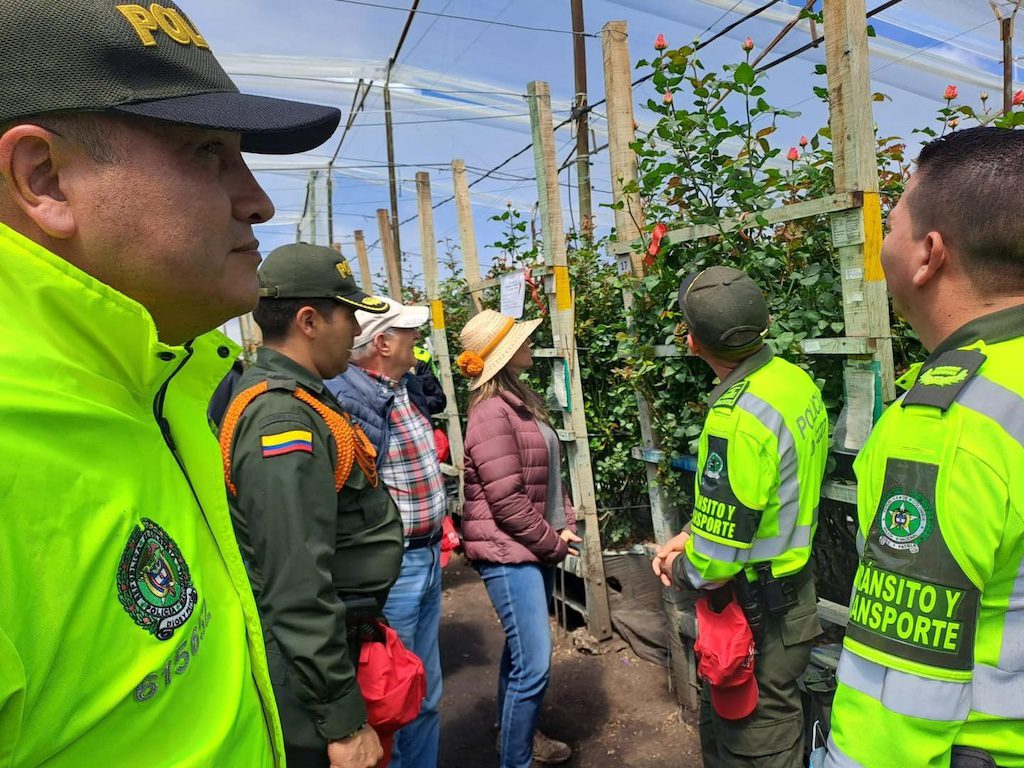
Asocolflores, the Colombian Association of Flower Exporters, invites authorities from many entities to farms so they can better understand the processes and time sensitivities involved with moving large volumes of flowers.
Delivering the perfect Valentine’s Day bouquet involves yearlong orchestration of dozens of entities and meticulous planning to ensure millions of blooms reach their destinations fresh and on time. In the January/February issue of Floral Management, contributing writer Sarah Sampson pulls back the curtain on the complex logistics.
The Plan
Colombia, which annually exports 15% of its cut flowers for Valentine’s Day, has developed “Plan Pétal.” That plan, coordinated by Asocolflores (the Colombian Association of Flower Exporters), establishes processes to coordinate with 30 different entities, from farms and government officials to trucking companies and airlines, to ensure the smooth export of 50,000 tons of flowers in just weeks.
The U.S. Gears Up
Trucking companies such as Floral Trade Distributors also ramp up their operations, leasing space, hiring temporary workers, and managing the influx with software that analyzes historical data and regional differences.
“Valentine’s Day is trying to squeeze four to five times more flowers through a logistical channel that is built for 52 weeks of the year,” says Mike Mooney, director of business development at Floral Trade Distributors, which was founded in 2012. It’s a huge undertaking that Mooney describes as a balancing act so that the company meets demand without taking on too much in short-term operational expenses.
To read more about how floral companies employ technology to create a faster, smoother process, and how they overcome challenges (like winter weather), read “Valentine’s Day Volume Demands Yearlong Planning,” in the January/February issue of Floral Management.
Amanda Jedlinsky is the managing editor of SAF News Now.




